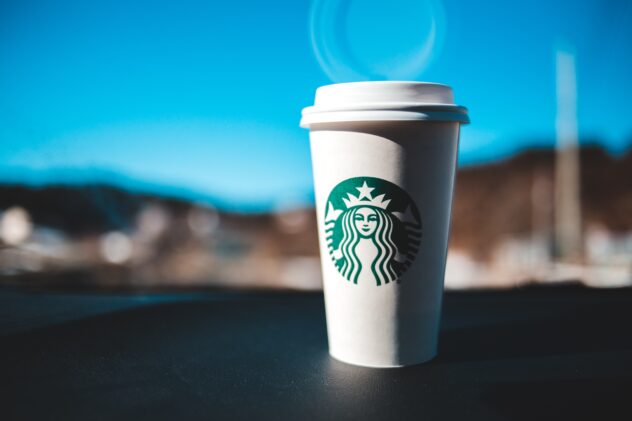
Pre-reading questions:
I will read each question. Then, please answer them.
- Do you drink coffee or tea first thing in the morning? Why or why not?
- Do you prefer drinking coffee/tea in a mug or a cup? Why?
Vocabulary:
I will read the words, meanings, and sample sentences. Then, repeat after me.
- get rid of something /get-rid-of/
- durable /DOOR-uh-buhl/
- curious /KYOOR-ee-uhs/
- participate /pahr-TIS-uh-peyt /
- phase /feyz/
[phrasal verb] – to remove something that you do not want any longer
You should get rid of all the things you no longer use.
[adjective] – able to last and be used for a long time without becoming damaged
This wooden chair is really durable.
[adjective] – interested in learning about people or things around you
I’m curious about Irish culture.
[verb] – to take part in or become involved in an activity
Sheila participates in various volunteer programs.
[noun] – any stage in a series of events or in a process of development
Most employees are going through a difficult phase.
Article reading:
Please read the whole article. Then, I will check your pronunciation and intonation.
Starbucks is set to reduce the use of paper cups by 2025. The coffee company plans to let customers use their own personal mugs in the United States and Canada by the end of 2022. The goal, for now, is not to completely get rid of the disposable cups but to make that option less attractive to customers. Starbucks also plans to test a borrow-a-cup program, in which customers pay a deposit for a durable cup that they take with them and drop back off after use.
The product experience team at Starbucks also developed a new environment-friendly cup that is lightweight polypropylene, recyclable, and could replace 100 single-use disposable cups. The cup was tested in a Starbucks store in Seattle where customers paid a $1 deposit and had to return the cup to a smart bin located in the store to get their dollar back. They also earned rewards for using the cup. According to Kim Davis, the store’s manager, customers were curious about the bin, and once baristas explained it to them, many were willing to participate. But that model is still in its testing phase, so the company wants to explore and introduce other ways of reusing mugs. “The team is trying different things, over and over again, to figure out what might work,” said Amelia Landers, vice president of product experience at Starbucks.
The product experience team at Starbucks also developed a new environment-friendly cup that is lightweight polypropylene, recyclable, and could replace 100 single-use disposable cups. The cup was tested in a Starbucks store in Seattle where customers paid a $1 deposit and had to return the cup to a smart bin located in the store to get their dollar back. They also earned rewards for using the cup. According to Kim Davis, the store’s manager, customers were curious about the bin, and once baristas explained it to them, many were willing to participate. But that model is still in its testing phase, so the company wants to explore and introduce other ways of reusing mugs. “The team is trying different things, over and over again, to figure out what might work,” said Amelia Landers, vice president of product experience at Starbucks.
Comprehension questions
I will read each question. Then, please answer them based on the article.
- What is Starbucks trying to accomplish by 2025?
- What makes the cup developed by the product experience team environment-friendly?
- How did Starbucks test the product?
- How did the customers in Seattle react to the smart bin?
- What does Starbucks want to explore and introduce?
Discussion questions
I will read each question. Then, please answer them.
- Describe your country’s coffee culture.
- What are some ways you can help the environment?
- If you were a member of Starbucks’ product experience team, what idea would you propose to help Starbucks achieve its zero-disposable-cups goal?
- Should all Starbucks stores around the world adopt the borrow-a-cup program?
- In your opinion, why is it important for businesses to develop environment-friendly products?